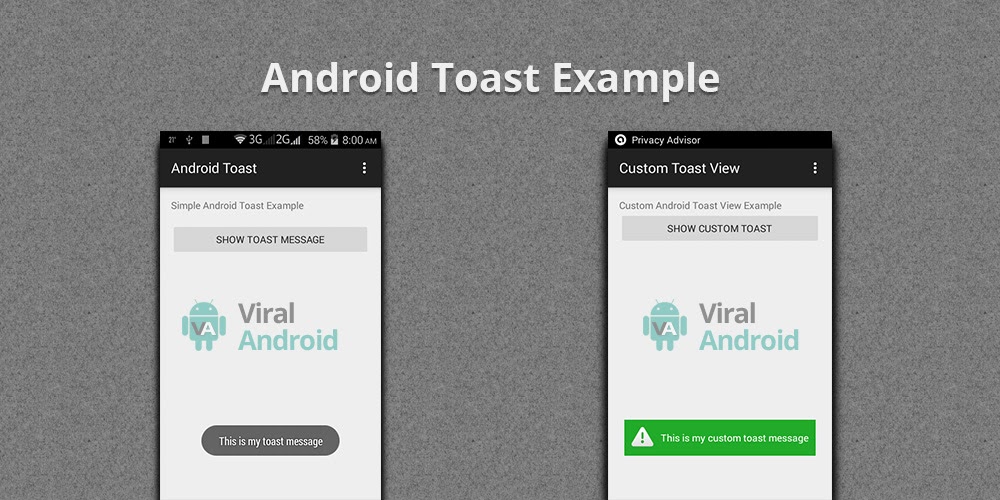

It will create one new menu main_menu.xml file. Set the file name as main_menu, change the resource type to Menu. To create a menu, right click on the project, New -> Android Resource File.It will create one icon in the asset folder that we can add to the menu. Select one delete icon as the clip art, change the color to ffffff click on Next and click on Finish. Hello World,Welcome to another MDC tutorial.This tutorial will cover implementing Floating Action Buttons.Source Code to all MDC Tutorials.


Take a look at the Tabs docs for more info on how to easily achieve this. To use the App Store app on iOS as an example, we can easily navigate to the AppDetailPage that shows info about a specific app from any tab (try it yourself to see!). Unlike traditional routing systems, Ionic’s navigation makes it easy to navigate to a given Page from anywhere in the app without specifying a specific route to it. Navigation can be nested and used inside of complex components like Tabs. When it is triggered, the rest of the page darkens to give more focus to the Action Sheet options.įor more information, Check out the API docs. The Action Sheet always appears above any other components on the page, and must be dismissed in order to interact with the underlying content. Action Sheets can sometimes be used as an alternative to menus, however, they should not be used for navigation. Action SheetsĪction Sheets slide up from the bottom edge of the device screen, and display a set of options with the ability to confirm or cancel an action. Once you’re familiar with the basics, head over to the API docs for ideas on how to customize each component. Check out the examples below to see what each component looks like and to learn how to use each one. Ionic comes with a number of components, including modals, popups, and cards. Components allow you to quickly construct an interface for your app. Ionic apps are made of high-level building blocks called components.


 0 kommentar(er)
0 kommentar(er)
